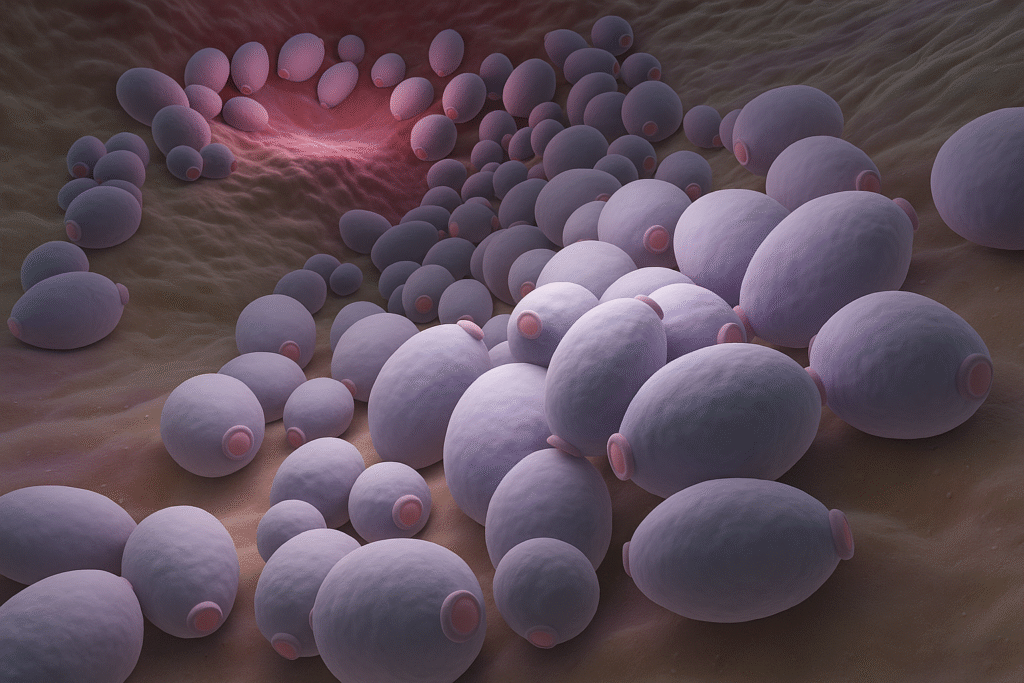Don’t remember that fishy-stalk that is dying on a veggie platter. We are not dealing with generic celery here we are plunging into the realm of Pravi Celer the real, the original celery which has been a staple of food and health for a thousand years. And just in case you ever thought of it as rabbit food, you have your mind changing. It is the tale of a gastronomic workhorse and a silent health protector and then packed up in one crisp and green package.
What Exactly Is Pravi Celer? Let’s Clear the Air
So, what sets Pravi Celer apart?Its very name, which is frequently found in European countries translates to mere celery or Apium graveolens var. dulce. It is the old, old, old plant we know: a bunch of long, fibrous, crunchy stalks with leaves aromatic and bitter. To describe it solely in the terms of its botany is to lose the point. Pravi Celer is an experience. It is the base note in a slowly stewed stock, the crunchy bite in a summer salad and the powerful and groundy foundation of a green juice. It is the entire plant, and it is a plant to be praised because it is a whole–stalks and leaves and even the seeds which so many people omit, all of which possess their own individual personality and usefulness.
A Stalk Through Time: The Rich History of Pravi Celer
Pravi Celer is an interesting journey that is full of symbolism and utility. It goes back to the sun-baked Mediterranean basin where it was initially not grown to produce food, but rather to serve medicinal purposes. Its leaves were hung in triumph wreaths around the athletics of ancient Greeks and Homer even wrote in the Odyssey about it; he called the plant selinon and it was found growing in the imaginary gardens of Calypso. Ecclesiastically the Romans were the best pragmatists, and were among the first to utilise its gastronomic possibilities, which they used to flavour food, and thought it an aphrodisiac.. This rich heritage travelled across trade routes into Europe, where it was selectively bred over centuries to reduce its natural bitterness, eventually giving us the milder, stalkier Pravi Celer we know and love today.
More Than Just Water: The Nutritional Powerhouse of Pravi Celer
It is 95 percent water and therefore how good can it be? The response is: very excellent. This modest vegetable is a masterpiece of stuffing a great nutritional load into a very small bag of nuts.
A Vitamin Vault: It is a good source of Vitamin K which is essential to blood clotting, bone health and a good source of Vitamin A (through its leaves), Vitamin C, and folate.
Electrolyte Excellence: Forget sugary sports drinks. Pravi Celer contains naturally potassium and sodium, which is vital electrolytes that are required to maintain the balance of fluids, nerve impulse, and muscle activities.
Antioxidant Arsenal: It is a blend of strong plant compounds, which include apigenin and luteolin. These flavonoids are anti-inflammatory and antioxidant in nature, which has been rejoiced, and which contributes to combating oxidative stress in the body.
Why Your Body Will Thank You for Eating More Pravi Celer
This is one of the easiest health hacks to incorporate in your daily life by incorporating this true celery. These advantages are broad:
Hydration Hero: Its high level of water content makes it ideal in keeping hydrated particularly when one is out in hot weather or after an exercise.
Digestive Darling: The stalks are rich in fibre, which gives stool volume and aids healthy digestion and gut movement.
Heart Helper: Potassium plays a major role in blood pressure regulation and the antioxidants play a role in cardiovascular health as they help to minimize inflammation.
A Weight-Watcher Best Friend: It has practically no calories and its satisfying crunch is ideal when you feel like having a snack without losing your diet.
From Stalk to Stem: Unleashing Pravi Celer in Your Kitchen
This is where Pravi Celer truly shines. It is very versatile because of its flavour profile; a combination of savoury, salty, bitter, and herbaceous.
The Classic Foundations:
The Holy Trinity: In French food it belongs to mirepoix (onions, carrots, celery), in Cajun food, to the holy trinity. After being sauteed, it is the inalienable backbone of flavour in soups, stews and sauces.
The Crisp Accent: cut up in small cubes in tuna or chicken salad, or plainly smear on some peanut butter to have a flashback snack.
Beyond the Basics: Creative Culinary Adventures
Don’t Toss the Leaves! Use the spicy, scent-um-filled leaves of the herb. Cut them in pieces and serve as a garnish to soups, salads, roasted potatoes or eggs. It is a great substitute to parsley.
Celery Salt, DIY: Dry the leaves, chop them with sea salt and you have a homemade seasoning that cannot be beaten by anything in a store.
The Main Event: Braise whole stalks in a little stock, white wine, and olive oil until tender and intensely flavourful. It is a gorgeous and plain side dish.
Celery Salad 2.0: Slice the stalks very thinly and mix with radicchio, blue cheese, walnuts, and a lemon vinaigrette.
The Ancient Healer: Pravi Celer in Traditional and Modern Wellness
Long before it was a kitchen staple, Pravi Celer was a medicine cabinet staple. It has long been used as a diuretic by traditional herbalists, who frequently take it in teas to aid in kidney and urinary tract health. It used its anti-inflammatory substances to treat gout and joint pain. The science of our time is currently catching up, and research on its ability to reduce blood pressure and cholesterol is taking place. Although it does not claim to be a panacea, it is time-tested to be included in a balanced diet and help in supporting natural systems in your body. As usual, before using it therapeutically, seek the advice of a healthcare professional.
Choosing, storing and cultivating your own Pravi Celer.
To purchase the best: Find a hard, thick stalk that bends well. They must be a lively pale to medium green, and to have no brown spots or wilting. The leaves must be fresh and perky and not yellow or slimy.
Storing to keep Fresh: To maintain its crispness, place the entire bunch in a slightly damp tea towel or aluminium foil and keep the bunch in the crisper drawer of the fridge. And here is a real-time tip: put the stalks straight in a water jar in the fridge and they will remain refreshingly crunchy more than a week.
Growing Inside: To have the fresh experience of it all, have it grown! It is a patient gardeners work, liking cool weather and always moist and rich soil. Start from seed indoors or purchase young plants. The reward? The unimaginably good flavour of home-grown Pravi Celer, dug out of the ground.
Conclusion: Embrace the True Celery
Pravi Celer is so much more than a background actor in a soup.It is a nutrient powerhouse, a food versatile, and a plant possessing a rich history. Now it is time to take it out of the periphery of your fridge and onto the plate at the centre. Test its foliage, roast its stems, and savour its crispness. And it will add all the more to your meals–and your health.
There are frequently asked questions (FAQs).
Q: Is Pravi Celer identical to the ordinary celery that I shop in my supermarket?
A: Essentially, yes. The common edible celery (Apium graveolens var. dulce) which is known as pravi celer is distinguished by other related species such as celeriac (root celery), or wild celery.
The celery you typically buy is Pravi Celer.
Q: Can I use the leaves of Pravi Celer, or should I throw them away?
A: Absolutely use them! The leaves are rich in flavour and nutrients which in many cases hold even more vitamins and antioxidants than the stalks. Think of them as a delicious, aromatic herb.
Q: It seems that celery juice is one of the big health trends. Is it worth it?
A: Drinking celery juice is a method to obtain an intense amount of the nutrients and hydration of the drink, but you lack the good fibre in the entire stalk. The best way to receive all of the benefits of vegetables is to enjoy the entire vegetable whether raw, juiced, or cooked.
Q: Why is my celery bitter at times?
A: Lack of adequate water during growth, high temperatures or premature harvesting can be the cause of bitterness. This can be alleviated by peeling the harder outer stalk or blanching it for a few moments in boiling water, then taking it.



